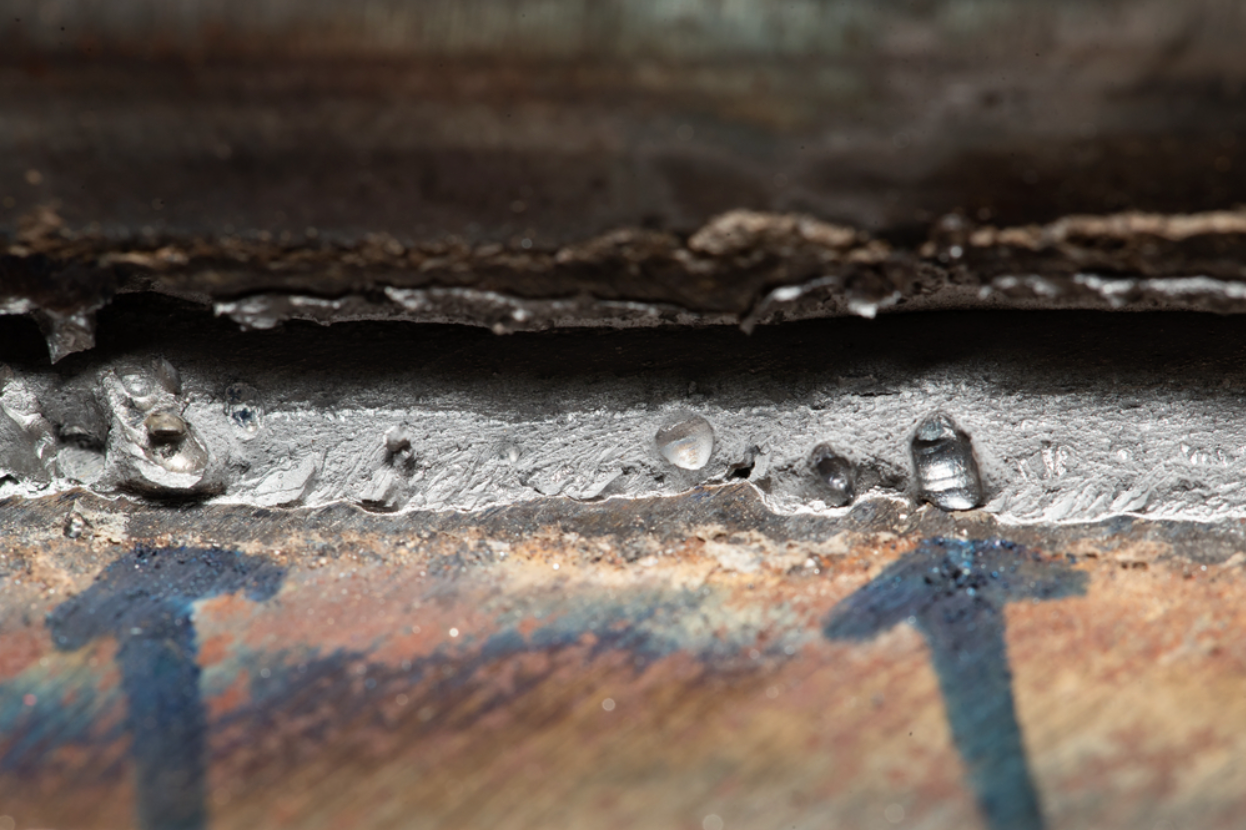Preventing Weld Undercut Demystified: Strategies for Success
Preventing Weld Undercut Demystified: Strategies for Success
Blog Article
A Comprehensive Overview to Identifying, Stopping, and Repairing Undercut Welding Problems in Your Welding Jobs
In the realm of welding, running into undercut concerns is a typical challenge that can jeopardize the architectural honesty and general quality of your welding projects. Recognizing the origin triggers behind undercut welding, having the ability to properly detect it in your welds, and carrying out efficient preventative measures are critical skills for any type of welder. In addition, having the expertise and strategies to remedy undercut problems when they do occur can make a significant difference in the last outcome of your welding ventures. Remain tuned as we explore the crucial elements of identifying, avoiding, and fixing undercut welding problems, offering you with important understandings and techniques to boost your welding abilities to the next degree.
Usual Sources Of Undercut Welding
Undercut welding, an usual problem in welding processes, can be caused by numerous factors that need to be very carefully recognized and dealt with to guarantee the honesty of the weld joint. One of the primary causes of undercut welding is too much heat input.
Another common cause of undercut welding is incorrect welding strategy. Inadequate manipulation of the welding torch or gun, wrong angle or range in between the workpiece and the lantern, or irregular travel rate can all add to the formation of undercut. In addition, using the wrong welding consumables or electrode size for a certain joint arrangement can lead to undercut concerns. Determining these root triggers and executing restorative steps is necessary in protecting against and remedying undercut welding problems in welding tasks.
Identifying Undercut in Welds

To identify undercut accurately, appropriate lighting and magnifying devices are important to examine the weld joint extensively. Making use of tools such as a welding gauge or a magnifying glass can aid in identifying also the tiniest undercut flaws. Additionally, running a finger or a finger nail along the weld joint can occasionally expose undercut, as the surface might really feel uneven or have a dip where the undercut exists.
Precautionary Procedures for Undercut
Having a deep understanding of the reasons for undercut in welds enables the application of effective safety nets to preserve weld quality and honesty. One critical safety net is correct weld joint preparation. Making certain that the edges are tidy, devoid of pollutants, and appropriately beveled can dramatically decrease the possibility of undercut (Preventing weld undercut). Additionally, selecting the suitable welding specifications, such as voltage, existing, and take a trip speed, is essential. These settings need to be optimized to avoid excessive warmth input, which can result in damage formation.

Techniques for Repairing Undercut

Raising the welding present or reducing the traveling speed can assist load in the undercut. In addition, changing the welding technique from a press to a drag or vice versa can likewise assist decrease undercut.
Another technique is to utilize a weaving movement while welding to guarantee proper sidewall combination and fill in the undercut. By oscillating the welding arc back and forth within the weld joint, the welder can transfer more filler product right into the undercut locations, efficiently eliminating the problem.
Furthermore, grinding out the undercut and rewelding the joint can be a feasible service for a lot more severe undercut problems - Preventing weld undercut. This procedure entails getting rid of the undercut section, preparing the base metal, and then rewelding the joint with correct welding specifications and methods to stop undercut from repeating

Professional Tips for Preventing Undercut
Using proper welding techniques and preserving control over crucial welding criteria are critical approaches for welders intending to stop undercut in their weld joints. browse around here In addition, selecting the proper welding procedure and filler steel for the specific application can assist prevent undercut. Keeping a regular traveling speed throughout the welding procedure is another vital pointer to stop undercut.
Verdict
To conclude, recognizing, preventing, and taking care of undercut welding problems in your welding projects is critical for guaranteeing resilient and strong welds. Preventing weld undercut. By comprehending the usual reasons for undercut, being able to determine it in welds, executing precautionary steps, and utilizing proper techniques for taking care of undercut, you can stay clear of potential issues and produce top notch welds. Adhering to professional ideas for preventing undercut can help you boost your welding skills and generate better outcomes in your jobs
Undercut welding, an usual issue in welding processes, can be caused by various aspects that require to be carefully determined and addressed to guarantee the honesty of the weld joint. Additionally, running a finger or a finger nail along the weld joint can in some cases disclose undercut, as the surface may really feel unequal or have a dip where the undercut exists.
Utilizing correct welding strategies and keeping control over essential article source welding specifications are critical techniques for welders intending to stop undercut in their weld joints.In verdict, determining, avoiding, and taking care of undercut welding problems in your welding tasks is important for making sure long lasting and solid welds. By understanding the common reasons of undercut, being able to determine it in welds, applying preventive steps, and making use of appropriate methods for taking care of undercut, you can prevent possible problems and create high-quality welds.
Report this page